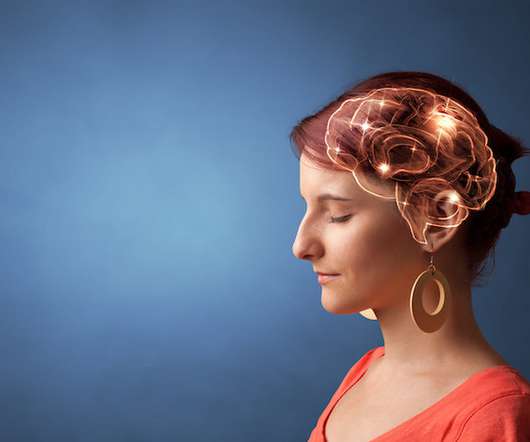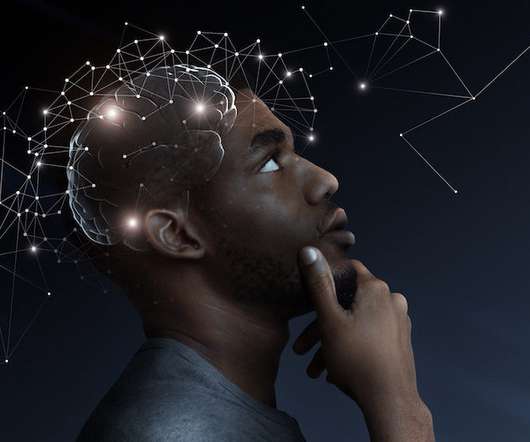It’s not about the ‘what.’ It’s about the ‘how’ and the ‘feel.’
CLO Magazine
FEBRUARY 5, 2020
As any employee or manager will attest to, and as an extensive body of research supports, good leadership attracts and retains talent, which can lead to greater productivity and increased profits. Poor leadership can lead to high turnover, a negative workplace and an overall dampening effect on business. Learning Systems.






















Let's personalize your content